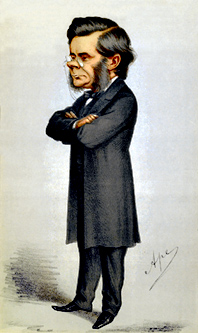
[Note: This post reflects my perspective. Neil is not responsible for any of the following content. –Tim]
We have Thomas Huxley to thank for the word Darwinism, which he coined in 1860 in a review of On the Origin of Species. In modern times, of course, creationists have misused the term, applying it to any theory of natural evolution, and even to the study of abiogenesis. They continue to embrace the “ism” since bolsters their assertion that evolution is a kind of belief system, just as irrational as religion.
What is Darwinism?
Simply stated, Darwinism is the theory of biological evolution by means of natural selection. Technically, the terms Darwinism and biological evolution are not entirely synonymous, since theories of evolution existed before Charles Darwin. I recall being taken aback when I first read that Charles’ grandfather Erasmus had written a poem suggesting all forms of life were interrelated and had evolved to their present state. And well before Charles published his book, Jean-Baptiste Larmarck had proposed a theory of evolution based on the idea that organisms acquire traits during their lives, and later pass them on (somehow) to their offspring.
Darwinism differs from other competing theories of evolution in its mechanism for change. It makes no sense, then, to apply the term to other theories that posit some process other than gradual modification through natural selection.
Nor is it technically correct to call today’s modern synthesis “Darwinism,” since it embraces two other important foundational concepts, namely mutation theory and Mendelian genetics. So those who would today call an evolutionary biologist a Darwinist betray their ignorance of evolution, Darwin, and biology in general.
A less familiar term, euhemerism, from time to time suffers similar misuse. How should we define this word? We might explain it, following Dr. Richard Carrier, as “doing what Euhemerus did.”
But then we have to ask, “Well, what was that?”

